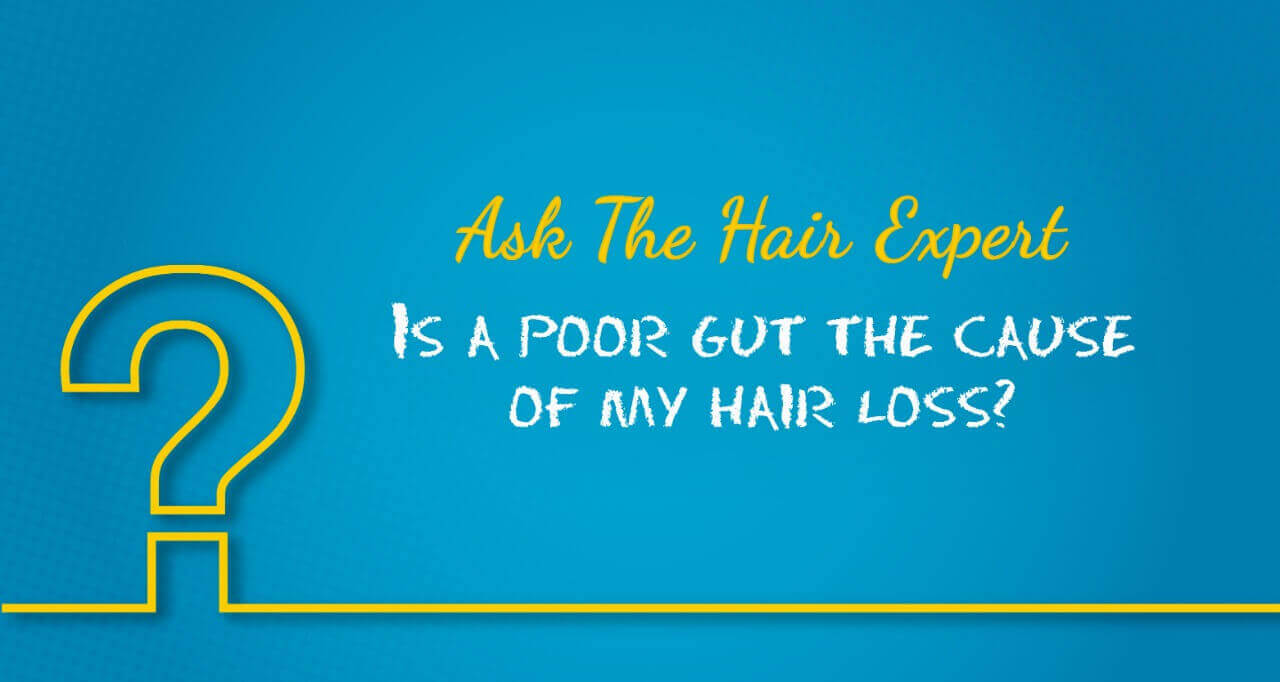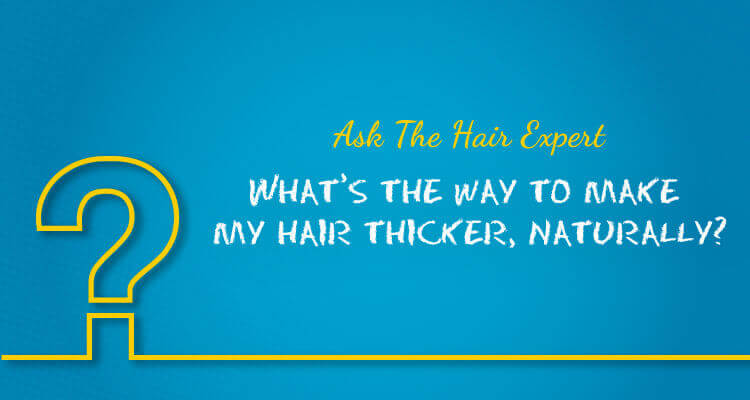Newborn babies – they come packed with a lot of firsts for the parents, don’t they!
Some enjoyable..some challenging… some distressing… none though that really takes away the joy of having ‘em around!
Today, we will speak about one of those distressing concerns that come with the package. Not always, but yes, a common feature for sure!
Cradle cap. A common, harmless yet annoying scalp problem that many babies develop. A version of baby dandruff, to put it in a manner that is perhaps relatable and understandable! Though it’s not exactly dandruff!
How is it different from dandruff? How do I spot Cradle Cap? Should I be worried? Can it be treated? Is it contagious?
Relax, this is neither THAT serious nor is it a painful or itchy for your baby. Yes, we agree it can be distressing for you to see those flakes on your baby’s scalp. But no, it’s not contagious and is not a matter of grave concern. It does need your attention, though.
As the name suggests, Cradle Cap is seen in infants, predominantly within the first 3 months of their lives, to be precise…their ‘cradle’ life. There’s usually no risk to the child’s health, associated with this condition, and it mostly goes away in time.
Let’s dive deeper to get to the answers, to all your questions on the topic. But before we do that, let’s first understand what exactly Cradle Cap is.
What is Cradle Cap?
Cradle Cap is a skin condition that leads to your baby developing scaly, yellowish, rough patches or crusts on his/her scalp. It is almost similar to seborrheic dermatitis that’s seen in adults. Why this name, then? Well, ‘cos babies develop this condition almost always on the scalp, where the cap is worn!
We spoke of baby dandruff. Dandruff, as we know it, is basically dry flaky skin on the scalp, accompanied by itchiness? Now imagine this condition in a baby, minus the itchiness, but something that’s more severe, resulting in crusty yellow patches or red irritated skin. The patches may be dry or greasy. This is Cradle Cap. While some babies may have ‘baby dandruff’, it may not necessarily develop into a ‘cradle cap’ condition for all.
As we mentioned above, it is common. It is harmless. It doesn’t have to do with your baby’s hygiene. It’s not contagious. But it needs attention. Especially if your baby has developed thick scaling and crusts… and you are having a tough time removing the scales off your baby’s scalp.
It may be noted that Cradle Cap is a common skin condition in infants. It’s incidence is reported to be around 10 % in infants, up to the ages of 1 month. It is more prevalent in babies around 3 months of age – 70 % of the cases observed! Babies respond to simple treatment and the condition generally clears up by the time the baby is a year old. The condition is seen to be quite rare in babies older than 12 months – a mere 7%, and even lesser beyond 24 months.
Cradle cap (seborrheic dermatitis) in infants usually gets better after 24 months, completely going away. It may however make an appearance again around puberty as dandruff.
What causes Cradle Cap?
Ever heard of sebaceous glands? Google would tell you that these are small secretary organs that produce oil, present in the skin of all mammals. We have these located all over our body, except the palms and at the soles of our feet.
Here, we will discuss those sebaceous glands that are connected to your hair follicles. These secrete a fatty oily substance called sebum into our follicular ducts, that form a hydrolipid barrier. This protects our scalp and hair from many external environmental agents.
While there is no one exact cause that is documented, Cradle Cap mostly arises due to two main causes:
- Cradle Cap mainly happens when the sebaceous glands on the scalp secrete excess sebum, trapping the dead skin which would otherwise shed…thereby forming crusts and scales on the scalp.
Why such excess secretion? It may be due to the hormones passed from the mother to the baby before its birth. The hormones tend to increase the production of sebum. - The other observed reason is the presence of fatty acids. This also causes such excess sebum turnover on the scalp cells, leading to flaking and crusting. Malassezia, a fungus that’s present in the normal bacterial flora of the skin, degrades the sebum to release fatty acids. This fungus consumes only the saturated fatty acids as a food source, while leaving behind the unsaturated fatty acids. However, it should be noted that the presence of fungus is a cause of Cradle Cap only in those infants who are more susceptible to it.
Does all of it sound too technical for you? Not to worry. It is fairly easy to spot, on babies. For your queries, if any and for an absolute diagnosis, you can always meet your Trichologist.
What are the symptoms of Cradle Cap? How do you spot this condition?
Here are the most prominent, obvious signs of Cradle Cap:
- Crusty, yellowish patches on the scalp.
- Oily or dry skin covered with flaky white or yellow scales
- Skin flakes or scaly patches – Sometimes also seen on other body parts such as forehead, ears, and eyebrows. The underarms and diaper area may also be affected in some cases.
- Rashes – scalp skin may possibly show mild redness with crusty, white or off-white scaling
As parents, it is important to remember that while it all can look very uncomfortable or irritating to the skin, it usually isn’t itchy and not bothersome as such to the infant.
There are no specific tests to diagnose Cradle Cap. A thorough physical examination by a Trichologist would be the best way to spot it, and to draw a clear diagnosis. The rash that babies develop in this case is quite unique to the trained eye. When the indications spread to face or neck, the rashes appear similar to what is seen in eczema in adults. All of this will be clearly explained to you, when you visit the trichologist.
How can a Trichologist help?
As evident from the discussion above, while the symptoms may be fairly clear, it will help to meet a Trichologist for a clear diagnosis and treatment forward. Well, who knows hair better than a trichologist! Be it an adult or an infant, heading to a hair expert for any small or big hair & scalp problem is the most surefire way of knowing that nothing will go wrong.
A hair specialist will not only guide you but also help you understand the best way to care for your baby, which oil, shampoo or product to use & how to take care of the baby’s scalp in the future as well. While on one hand it is important to handle the problem on hand, after-care is a must as well! So, a trichologist is the best person to keep your toddler’s skin & scalp health in the best condition, even after a Cradle Cap episode.
Speaking very specifically of Cradle Cap, if the condition does not improve with simple treatment at home, you will need your trichologist more than ever to take control of the situation. You may strictly require medical help if you notice that the symptoms of this skin condition are worsening. For instance, if the scaling starts to cause itching, distressing the baby, if there is swelling or papule formed in the scalp, if the scaling causes bleeding from scalp skin or when the rashes get red spreading to face and neck as well. At this stage you will need more than home care.
Is Cradle Cap curable?
Very much so. Cradle Cap usually clears over time by itself. Yes, the constant scaling of scalp skin can be a cause of distress to the baby or even the parent. But rest assured, it will go away with time and attention.
Cradle Cap is usually self-limiting and it may rarely need extensive treatment. However, we would recommend some simple prevention and treatment options for tackling the condition.
- Massaging with mineral oils
Gently massage the baby’s scalp with prescribed baby mineral oil, at a frequency advised by the trichologist. This will help loosen up the scales and crusts. Leave the oil on the scalp only for 10 to 15 minutes, followed by head bath using prescribed mild baby shampoo. On washing hair, you can gently brush off the scales using fingers or a brush with soft bristles. It is important to consult a trichologist before using any oil or shampoo for your baby. Prescribed oils or shampoos lessens the risk of any further damage to the skin. - Using the medicated shampoo prescribed by trichologist
Washing your baby’s scalp regularly with a shampoo recommended by a trichologist is a must. Sometimes they may suggest usage of anti-dandruff shampoos. However, one needs to be very careful while using it as it may cause irritation to the eye. Apply the shampoo gently on the affected areas, massaging it slowly. It is important to ensure that you do not scratch the scalp at any point. In some cases where yeast or fungal infection is noted, an anti-fungal shampoo containing ketoconazole may be recommended. - Topical steroids
For certain cases of Cradle Cap where the scaling does not loosen up with simple oil massage or washing, topical steroid lotions or creams may be prescribed for the scalp. It is necessary to use the steroidal lotion on baby’s scalp only after a trichologist consultation, however. Topical steroids also help to reduce the scalp inflammation caused by this hair & scalp problem.
As mentioned above, if with basic oiling and washing regularly the problem doesn’t get resolved, your baby will need medical help. Do visit a trichologist to have it resolved.
It’s hard to fathom that even an infant can face a hair and scalp problem, isn’t it?No worries though! Following the right hair & scalp care and getting a regular tricho check done will keep you as well as your child stay away from any hair & scalp problem.
Do read our hair care blogs that give you very simple tips to care for your hair on a daily basis, and for all things ‘Hair’, do follow our blogs on hair loss, treatments & solutions, and interesting hair trivia!
Connect with us on social media on the links below. Please leave your questions & comments, and we will address them all!



